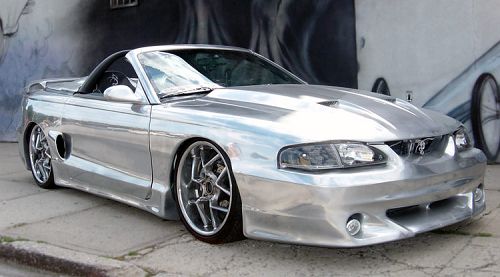How to repair car repair paint
It is inevitable that vehicles will encounter some bumps and bumps in daily life. Generally, scratches and paint will be corrected. Do you know what work the correction process needs to go through? The editor will let you know today.
Car paint correction process:
1. The vehicle body is used for rust prevention and internal painting: the condition of the vehicle body is determined by the staff.
2. Polishing and trimming the inclined surface: Use P60~180 # sandpaper to polish and correct the main body of the metal plate, and the repair requires atomic ash.
3. Dust removal and cleaning: Use a pressure gun and silicon remover to remove dust and dirt from the body.
4. Care: Use anti stick techniques to stick cover paper.
5. Paint primer: Mix 4:1 red primer, apply 1-2 layers of polished metal, expose the metal, and then bake.
6. Filling atomic ash: Fill the concave position on the car body with a mixed multifunctional atomic ash and place it in an environment of 20 degrees Celsius for 30 minutes.
7. Polishing atomic gray: Use P60~240 sandpaper to polish, and check the flatness, pinholes, and imprints by hand or indicator layer contact.

8. Special young atomic ash: used when needed, filling pinholes, sandpaper marking, etc.
9. Grinding: Use P280 # sandpaper to completely polish the old coating that needs to be sprayed with a central coating.
10. Dust removal and cleaning: Use a pressure gun and silicon remover to remove dust and stains from the body.
11. Care: Use masking paper.
12. Spray center paint: Mix 2-3 layers of multi-functional center paint, separate each layer for 5-10 minutes, then dry at 60 degrees Celsius for 30 minutes, and then spray on the polishing indicator layer.
13. Polishing center paint: Use P320~400 # sandpaper to polish the dry center paint.
14. View: Check the grinding effect and be able to perform micro filling.
15. Dust removal, cleaning: Remove dust and stains from the body.
16. Care: Cover the body.
17. Dust removal and cleaning: First, use a pressure gun to blow off dust stains on the body, use a silicone cleaner to remove internal stains, use a pressure gun to blow off dust in the gaps inside the body, and finally use a sticky cloth to remove dust from the body.
18. Topcoat spraying plain grain paint: Spray 2-3 layers, with each layer separated for 5-10 minutes. Add curing agent and heat up diluent.
19. Spray primer: Spray 2-3 layers of general paint, silver paint or pearl paint, with each layer separated for 5-10 minutes.
20. Clear paint spraying: Mix and spray two layers of clear paint, with each layer separated for 5-10 minutes, and participate in the curing agent and diluent at this temperature.
21. Drying: Allow to stand for 5-10 minutes and dry at 60 degrees Celsius for 30 minutes.
22. Waxing and polishing.
Article source: Automotive repair paint http://www.jinliangxincai.com
-
08-25
Common problems with automotive repair paint
Why are the orange lines on the surface of the varnish so heavy after each spray? Why on earth? How can we prevent a decrease?Answer: The thinness of the varnish, the amount of paint produced by the s
-
06-05
The car repair paint manufacturer told you about the problem with water-based coatings
1. How long does it take for a skilled paint coating technician to master the operation of water paint?Generally, practice and understanding with less than half a sound can be mastered, and proficienc
-
05-31
Qingyuan Automobile Repair Paint Company tells you the steps for painting
Automotive Painting Process(1) Rust prevention and internal painting of the vehicle body: Depending on the condition of the vehicle body, it will be completed by a sheet metal worker.(2) Polishing and
-
05-12
Why does car repair paint lack luster?
If there is a lack of gloss on the surface of the originally flat and smooth car paint surface, especially during the process of car paint care, it can be observed under a microscope that the surface
